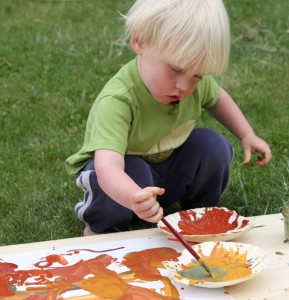12/04/Artists-and-Illustrators1-240×300.jpg” alt=”” width=”240″ height=”300″ />Click image to read my latest article in Artists & Illustrators Magazine’s May 2012 issue.
The beautiful art that was created in my latest “Nature Art Class” was pretty amazing. Especially considering they used sale viagra online
n-paint-brushes-with-plants/” target=”_blank”>natural plant stalks as paint brushes and celery and potatoes as printing devices. See their creations below!

Pototo Print Eco Stationary

Celery Prints
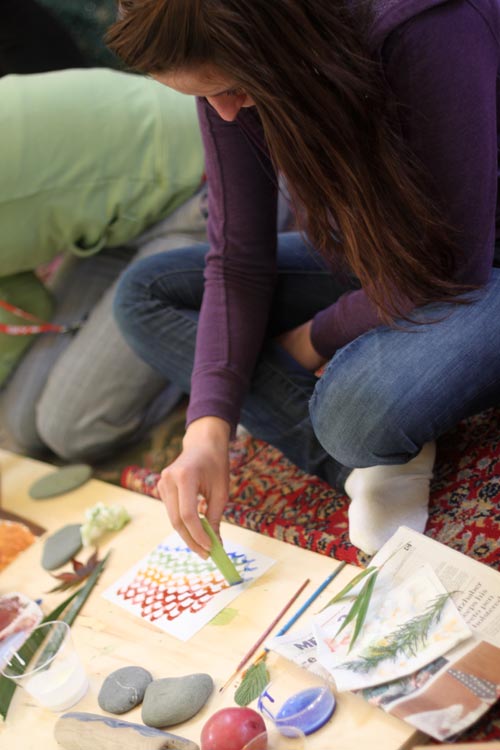
Celery Rainbow
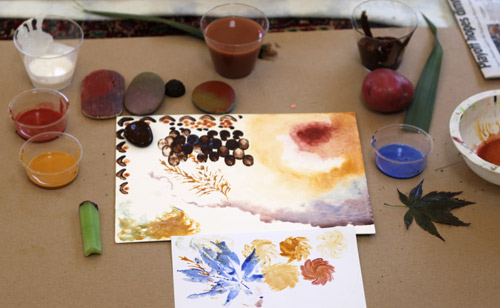
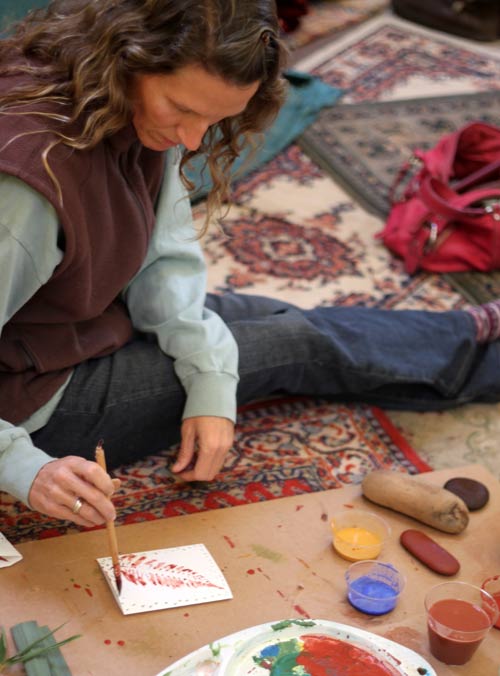
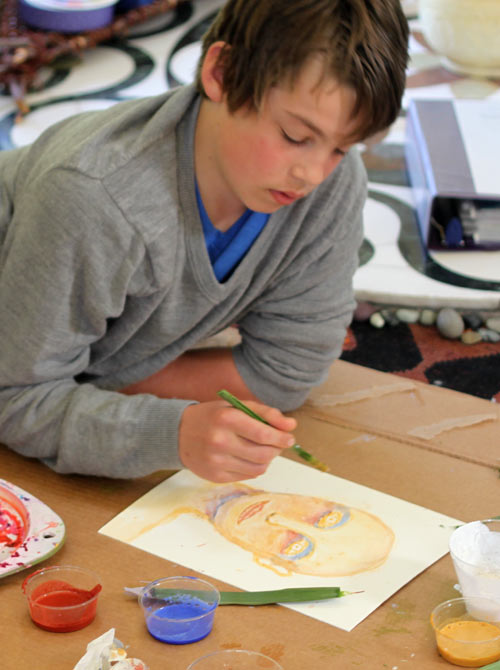
Isaac paints a portrait with yucca stalks
I’ve just been interviewed by the great blog “Creative with Kids” with great questions including How do you balance fam
ily & business? What inspired you to start this business? How do you balance your creative side with all the linear, fine-detail stuff that comes with running a business? and more…..
How do you balance your creative side with all the linear, fine-detail stuff that comes with running a business?
It’s definitely a balancing act that I’m tweaking as I go along. Even though I’m an artist, I’ve always been interested in marketing and creative advertising. After teaching “Drawing on the Right Side of the Brain” for many years, I can now watch myself switching over from the my
Left brain (analytical, verbal, computer work, bookkeeping, etc.) to my
Right brain (being present, experiencing the moment, creating art in the “zone”, being present with my two year old).
But it’s a very conscious choice to shift over and I have to decide, “Okay, I’ve spent two hours on marketing. Now I’m going to release all of this brain activity and spend an hour on this painting while listening to my breath and experiencing my brush pushing across the canvas. And I’m not going to check my email!” READ MORE…..
AAAAAI8/aVdQFQMFXZw/s320/the+dreaming+tree.jpg” border=”0″ alt=”” width=”109″ height=”320″ />
ot.com/_vq5xfNWGQzU/S5rOh_1TYxI/AAAAAAAAAI0/m2mqFVwWgFw/s320/slowly+surely.jpg” border=”0″ alt=”” width=”319″ height=”320″ />

